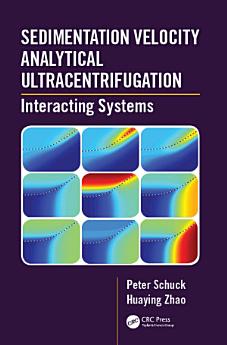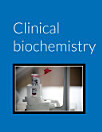Sedimentation Velocity Analytical Ultracentrifugation: Interacting Systems
About this ebook
Building on the data analysis tools described in the volume Sedimentation Velocity Analytical Ultracentrifugation: Discrete Species and Size-Distributions of Macromolecules and Particles, and the experimental and instrumental aspects in the first volume Basic Principles of Analytical Ultracentrifugation, the present volume Sedimentation Velocity Analytical Ultracentrifugation: Interacting Systems is devoted to the theory and practical data analysis of dynamically coupled sedimentation processes.
This volume is designed to fill a gap in biophysical methodology to provide a framework that builds on the fundamentals of the highly developed traditional methods of analytical ultracentrifugation, updated with current methodology and from a viewpoint of modern applications. It will be an invaluable resource for researchers and graduate students interested in the application of analytical ultracentrifugation in the study of interacting systems, such as biological macromolecules, multi-protein complexes, polymers, or nanoparticles.
About the author
Dr. Schuck obtained his Ph.D. from the Goethe-University Frankfurt am Main, Germany, where he worked on interactions of integral proteins of the erythrocyte membrane using analytical ultracentrifugation. He received his post-doctoral research training in physical biochemistry with Dr. Allen Minton at NIDDK, and joined the Bioengineering and Physical Science Program of NCRR as a Research Fellow in 1997. He is currently a Earl Stadtman Tenure-Track Investigator and Chief of the Dynamics of Macromoleular Assembly Section, Laboratory of Cellular Imaging and Macromolecular Biophysics at the National Institute of Biomedical Imaging and Bioengineering, National Institutes of Health.
Dr. Zhao received her Ph.D. in Chemistry, with a specialization in protein biochemistry, before spending two years on her post-doctoral research at the University of Maryland, where she worked on the study of protein-DNA and protein-protein interactions. Dr. Zhao joined the NIBIB as a Research Fellow in 2008. She has been working in the intramural research’s Laboratory of Cellular Imaging and Macromolecular Biophysics, Dynamics of Macromolecular Assembly Section on development of biophysical methodology for characterizing a variety of macromolecules, including proteins, nucleic acids, polymers and nanoparticles. Her current work has focused on applications of advanced techniques of biophysics and physical biochemistry, including sedimentation velocity and sedimentation equilibrium analytical ultracentrifugation, isothermal titration calorimetry, fluorescence spectroscopy and surface plasmon resonance biosensing.




